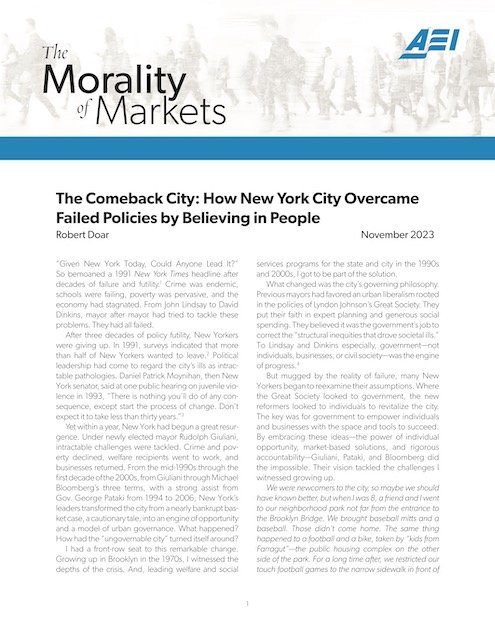By Maria R. Khan ,Farzana Kapadia,Amanda Geller,Medha Mazumdar,Joy D. Scheidell,Kristen D. Krause,Richard J. Martino,Charles M. Cleland,Typhanye V. Dyer,Danielle C. Ompad,Perry N. Halkitis
Although racial/ethnic disparities in police contact are well documented, less is known about other dimensions of inequity in policing. Sexual minority groups may face disproportionate police contact. We used data from the P18 Cohort Study (Version 2), a study conducted to measure determinants of inequity in STI/HIV risk among young sexual minority men (YSMM) in New York City, to measure across-time trends, racial/ethnic disparities, and correlates of self-reported stop-and-frisk experience over the cohort follow-up (2014–2019). Over the study period, 43% reported stop-and-frisk with higher levels reported among Black (47%) and Hispanic/Latinx (45%) than White (38%) participants. Stop-and-frisk levels declined over follow-up for each racial/ethnic group. The per capita rates among P18 participants calculated based on self-reported stop-and-frisk were much higher than rates calculated based on New York City Police Department official counts. We stratified respondents’ ZIP codes of residence into tertiles of per capita stop rates and observed pronounced disparities in Black versus White stop-and-frisk rates, particularly in neighborhoods with low or moderate levels of stop-and-frisk activity. YSMM facing the greatest economic vulnerability and mental disorder symptoms were most likely to report stop-and-frisk. Among White respondents levels of past year stop-and-frisk were markedly higher among those who reported past 30 day marijuana use (41%) versus those reporting no use (17%) while among Black and Hispanic/Latinx respondents stop-and-frisk levels were comparable among those reporting marijuana use (38%) versus those reporting no use (31%). These findings suggest inequity in policing is observed not only among racial/ethnic but also sexual minority groups and that racial/ethnic YSMM, who are at the intersection of multiple minority statuses, face disproportionate risk. Because the most socially vulnerable experience disproportionate stop-and-frisk risk, we need to reach YSMM with community resources to promote health and wellbeing as an alternative to targeting this group with stressful and stigmatizing police exposure.
PLOS ONE 16(8): e0256201. https://doi.org/10.1371/journal.pone.0256201
PLoS ONE 16(8): e0256201.2021, 17p.







